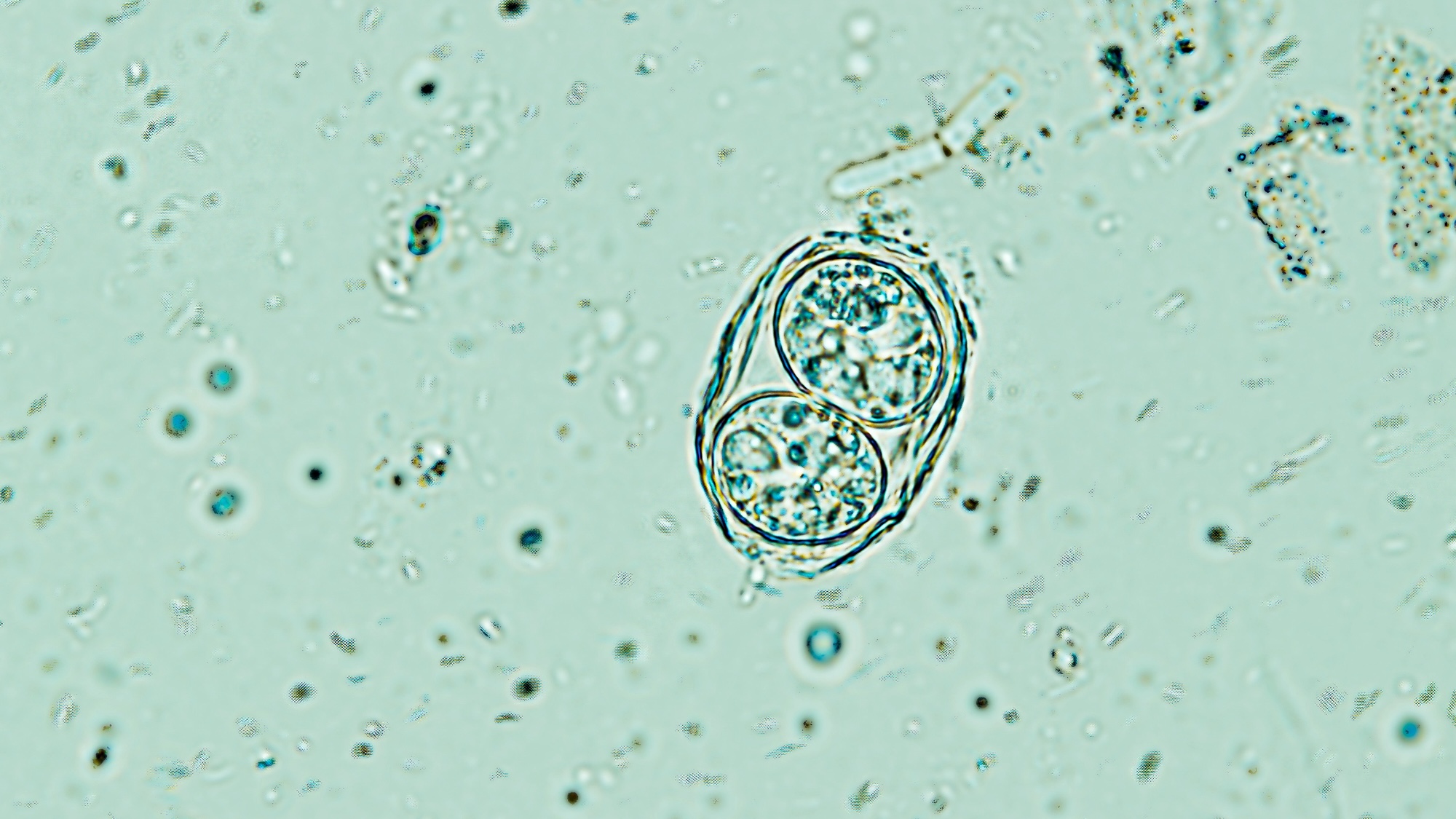

Intentionally infecting yourself with the Toxoplasma gondii parasite is not a recommended medical procedure. Although most humans don’t develop noticeable symptoms, every year a smaller portion of hosts inevitably contends with toxoplasmosis—a condition that can involve weeks of flu-like symptoms, muscle aches, and swollen lymph nodes.
T. gondii manages this by successfully traveling from the gut through the blood-brain barrier (BBB), a vital biological function that protects the central nervous system from unwanted foreign molecules. And while the parasite has no problem breaking through the BBB, potentially lifesaving pharmaceuticals capable of crossing that threshold remain difficult to engineer. But what if those medications hitched a ride on a genetically modified version of the parasitic protozoan?
[Related: This parasite deploys mucus slime balls to make ‘zombie ants’]
That’s a possibility being explored by an international team of neurobiologists who detailed their most recent work in a study published on July 29 in the journal Nature Microbiology. According to them, it may be possible to one day engineer parasites into harmless carriers of chemical cargo used to treat neurological issues.
To demonstrate an early version of the concept, neurobiologists bioengineered two of T. gondii’s three organelles to secrete a protein often utilized for patients with Rett syndrome. Documented in an estimated 1-in-8,500 newborns, the currently incurable genetic condition almost exclusively affects females, and results in lifelong physical and neurological difficulties.
After altering T. gondii’s organelles, the team initially introduced the parasite into lab-grown human brain organoids, where it successfully delivered the MeCP2 protein to specific neurons. From there, they conducted three additional tests using mice—one group received a saline injection containing the modified T. gondii, while the second set received the unchanged parasite. Meanwhile, another group served as a control without exposure to either engineered or natural samples. Even if modified, the T. gondii delivery parasites still managed to successfully cross the mice’s blood-brain barrier and deliver MeCP2 proteins.
That said, as of right now T. gondii remains T. gondii—with or without altered organelles. Either way, the parasites still can cause toxoplasmosis. That said, these first experiments weren’t meant to neutralize the parasite’s harms, but instead showcase how their genetic design can potentially serve as a tool in medicine.
“The focus of this work is to provide a proof of concept for the feasibility of using T. gondii as versatile protein vectors, as well as preliminary guidelines for future development of this approach,” the team wrote in their accompanying research briefing, adding that the parasites currently still only deliver comparatively low levels of protein. Even so, the team believes further experimentation may one day resolve these issues to potentially enable a new, effective alternative means to navigate the notoriously difficult blood-brain barrier.